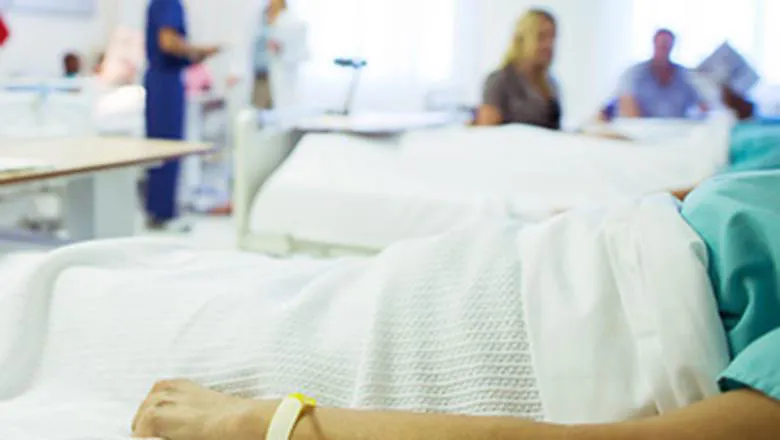Directly or indirectly COVID has affected very many aspects of medical care that we previously took for granted. With the advances of modern medicine, there have been relatively few instances in the last 50 years where decisions about an individual patient’s care and treatment have also had to take into account the wider aspects of safety of NHS staff and other patients. These guidelines offer a framework to support such decision-making in tracheostomised patients in prolonged disorders of consciousness, but similar principles may also be applicable in other areas of practice/
Professor Lynne Turner-Stokes, Northwick Park Chair of Rehabilitation Medicine at King’s Cicely Saunders Institute and chair of the PDOC guideline development group
22 April 2020
Managing tracheostomised patients with prolonged disorders of consciousness during COVID-19
New supplementary guidance from the Royal College of Physicians (RCP), involving researchers from King’s.

New supplementary guidance from the Royal College of Physicians (RCP), involving researchers from King’s, will help clinicians manage patients in prolonged disorders of consciousness (PDOC - which includes vegetative state (VS) and minimally conscious state (MCS) but not short-term coma) who have had a tracheostomy.
Management and care of tracheostomised patients with prolonged disorders of consciousness during the COVID-19 crisis takes into account the requirements to protect patients and staff from the risks of acquiring COVID-19. The guidance supplements Prolonged disorders of consciousness following sudden onset brain injury: National clinical guidelines published in March 2020.
A significant number of patients in PDOC need to have a tracheostomy - an opening created at the front of the neck so a tube can be inserted into the windpipe (trachea) to help patients breathe. The tube can be connected to an oxygen supply and ventilator, and/or to remove any fluid that's built up in the throat and windpipe. Some patients have the tracheostomy for a short time and can be weaned off, and for some it is for a longer period or permanently.
Tracheostomy and the risk of COVID-19 transmission
Tracheostomy procedures (insertion, removal, changing or open suctioning) are aerosol generating procedures (AGP), which pose a very significantly higher risk of transmission - both droplet- and air-borne.
The current COVID-19 outbreak has highlighted the risk to healthcare workers who undertake AGPs on a regular basis – including those who care for tracheostomised patients. We know that exposure to high viral loads increases the risk of infection (and possibly the severity) and this is the rationale for having several levels of Personal Protective Equipment (PPE) for different procedures, depending on the likely level of level of exposure.
Recommendations to reduce the risk of COVID-19 transmission
The recommendations cover what Personal Protective Equipment to wear, how to reduce the risks of AGPs including reducing the number of staff and amount of equipment passing through the unit, testing patients and making sure all patients have a Treatment Escalation Plan.
Difficult decisions
The report has a section on difficult decisions, recognising the constraints that limit ability to deliver previously accepted best practice, including reduced staffing levels and redeployed staff, and shortages of PPE and other facilities.
Where resources fall short of those required to manage patients safely (especially those with proven or suspected COVID), difficult decisions may be required to balance the benefits and risks of interventions, taking into account both the patient’s prognosis and the risk of infecting staff and the associated consequences for both them and other patients.
These situations are not unique to PDOC patients and have been covered by the RCP’s ethical guidance.
RCP president Professor Andrew Goddard said: 'COVID-19 has had a massive impact on this group of patients and those caring for them. This guidance update aims to support those having to make decisions around this care, ensuring it is patient focused but also recognises the risks of infection in this setting'.
Resources
Please visit the Royal College of Physicians website to download:
- Management and care of tracheostomised patients with prolonged disorders of consciousness during the COVID-19 crisis. The document has been endorsed by ENT UK.
- Prolonged disorders of consciousness following sudden onset brain injury: National clinical guidelines.

